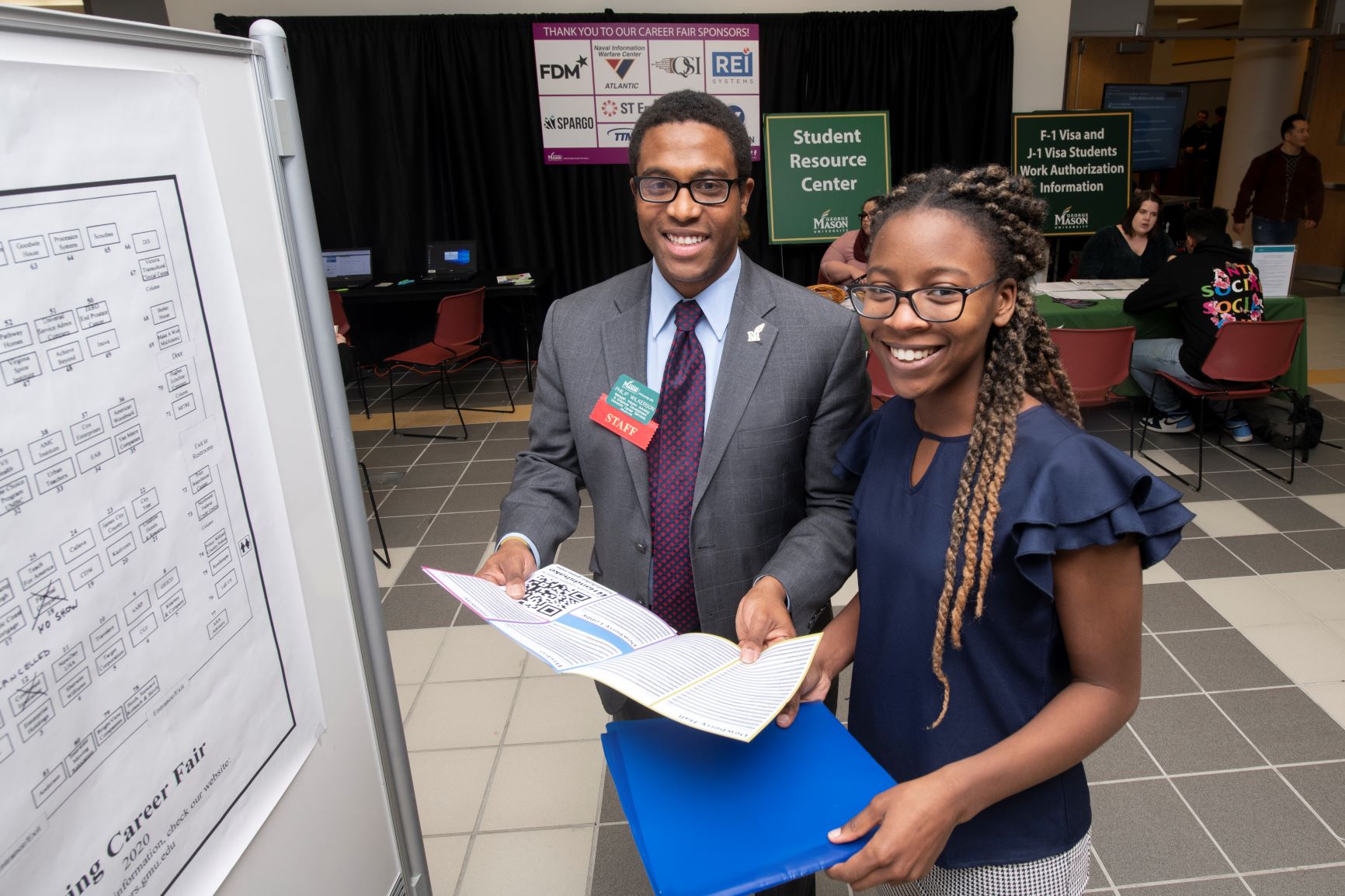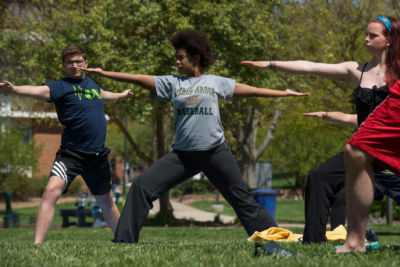By: Melissa Schreibstein, CWB Director of Well-Being Programs
“Always remember, your focus determines your reality.” – Yoda
Surely, our collective attentional control has been decreasing for years, as we rely more on smartphones, apps, and their notifications. It is difficult for many people to figure out how to focus from day to day.
Our students have expressed numerous challenges related to their focus on virtual classes. They discussed external obstacles to focus, exacerbated by current events, including high levels of stress and anxiety. Professionals are facing the same uncertainty as students, and are also experiencing lingering stress and fatigue, which disrupts focus. Here’s what’s going on in our brains when we’re stressed.
Our ability to focus on our tasks can influence our stress levels, motivation, performance, and effectiveness at work and school. The quality of our focus impacts our well-being in the social, psychological, and career/purpose domains. When we struggle with focusing on tasks, we’re also distracted during conversations with friends and pursuing activities we enjoy.
While we can’t control the external circumstances that distract and tire us, the good news is that we can improve our ability to focus. High performers across diverse areas – including competitive athletes, senior leaders, and Mason students – would do well to think about attention control or focus as a skill that can be developed. Introducing simple strategies into regular practice can turn into tangible performance gains and lift hardworking individuals from languishing to thriving.
Strategies for Improving Focus in Three Phases
Phase 1: Set the Stage
Prepare yourself for a period of focused attention.
- Remove distractions. Schedule blocks of focus time into your calendar. If you need a quiet place to write, read, study, or focus on a web meeting, find one or create one with ear plugs or noise-cancelling headphones. You can even hang a sign on your door to keep your kids or roommates out. Your computers and mobile devices include a “Do Not Disturb” feature that will stop all notifications to make it easier to focus for a period.
- Do one thing at a time. Multitasking is a myth. When we think we’re multitasking, what we’re really doing is rapidly shifting our attention between tasks. This comes at a cost to our efficiency. We know this when we miss parts of conversation when we’re checking email during meetings. Additionally, people who report more multitasking have higher stress levels. Make time to focus on one task at a time.
- Set an intention. Naming your intention for a period of focused time expresses your internal commitment to training for better attention control. Your intention can be in the form of a measurable goal (what you want to accomplish) or an attitude or mood for the task (how you want to be). You should also decide how long your period of focused attention should be. A 2014 study found that 52 minutes of work followed by a 17-minute break is ideal for productivity.
Phase 2: Focus
You’ve set the stage, now decide where you want to start on the task and dig in.
- Ignore distractions that come up when possible, and come back to your intention when you get distracted.
- Try to keep your attention on the task and not on judging yourself in any way. Self-focus disrupts the task-focus required for optimal performance. Learn more.
Phase 3: Take A Break
Breaks give our brains space to breathe. And while you’re at it, set your timer for two minutes and breathe. Develop productive habits for your breaks as opposed to checking your email or social media accounts. Turn your eyes and attention away from your computer or phone screen. In addition to deliberate breathing, activities for productive breaks include meditating, taking a 10-minute nap, going for a walk, stretching, and eating a healthy snack.
After your break, you’ll resume your task or shift to the next with recovered energy levels and strengthened focus. You can start your focus routine again at Phase 1.
Meditation is known to increase attention control when practiced on a regular basis. CWB resources on meditation are a great place to start strengthening your focus for the long run.
Write one of these Thriving Together Series features! We’re looking for contributions on all topics related to well-being. Read other Thriving Together Series articles here and contact us at [email protected] for guidelines. Thank you for helping our Mason community thrive together online!






















